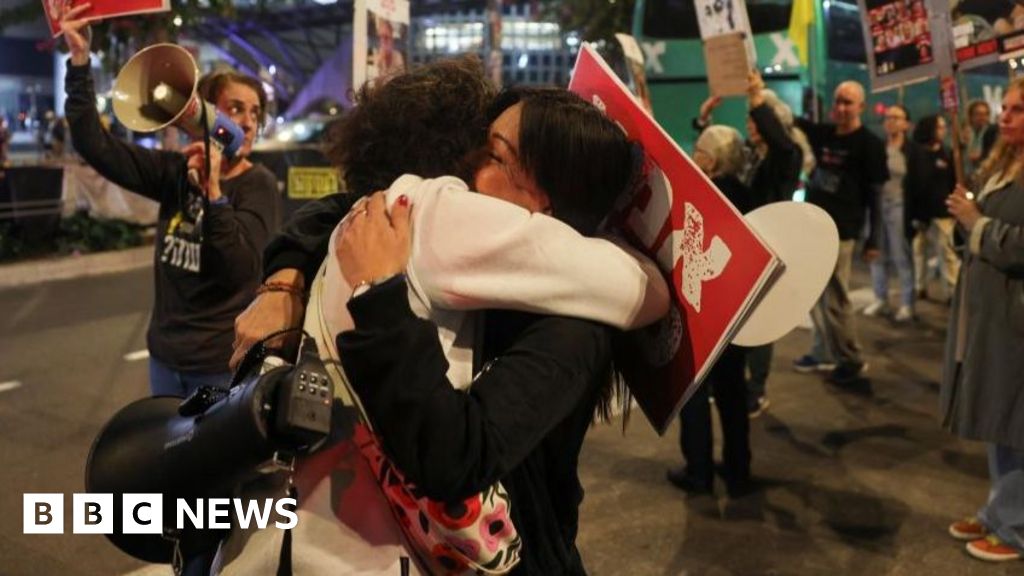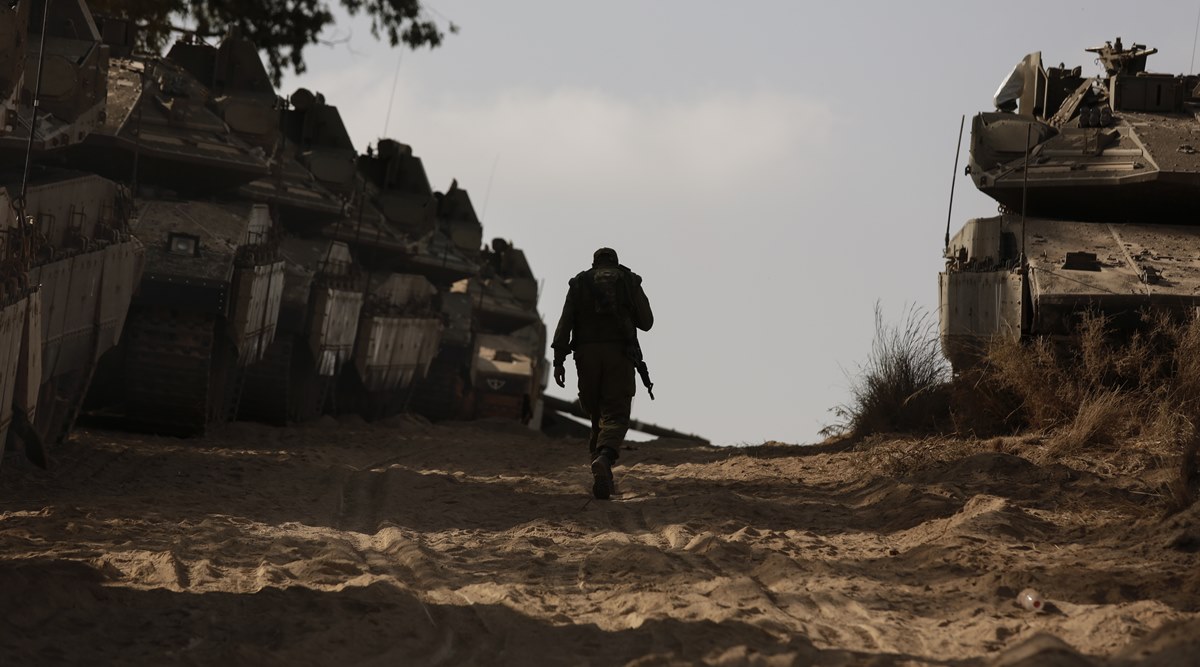

Israel and Hamas have reached a ceasefire agreement, aiming to end 15 months of intense conflict that has caused significant loss of life and widespread destruction in Gaza. The truce, brokered with mediation from Qatar and Egypt and supported by the United States, marks a critical step towards de-escalation and provides a framework for humanitarian relief and reconstruction.
The agreement begins with an initial six-week ceasefire phase. Israel will gradually withdraw its forces from central Gaza during this period. Hamas is set to release 33 Israeli hostages in stages, prioritizing women, children, and men over 50. Israel will release Palestinian detainees, including all women and minors detained since October 2023.
The deal facilitates the entry of 600 truckloads of humanitarian aid into Gaza daily, with specific allocations for fuel and the northern region.
In Gaza, the announcement sparked a mix of joy and disbelief among residents. Many expressed hope for a return to normalcy and the rebuilding of their communities after months of devastation. The United Nations emphasized the urgent need to scale up humanitarian aid to Gaza, although it acknowledged that security and logistical challenges could hinder aid delivery efforts.
Despite the progress represented by the ceasefire, concerns remain over its implementation and the long-term future of Gaza. The chaotic environment poses risks to the consistent delivery of humanitarian aid, and questions persist regarding governance and stability in the region.
The ceasefire agreement between Israel and Hamas represents a significant step towards ending the prolonged conflict in Gaza. While it offers a pathway to peace and reconstruction, its success depends on effective implementation, international support, and sustained cooperation among all parties involved.
References :
 BBC News
BBC News
 The Indian Express
The Indian Express
 BBC News
BBC News